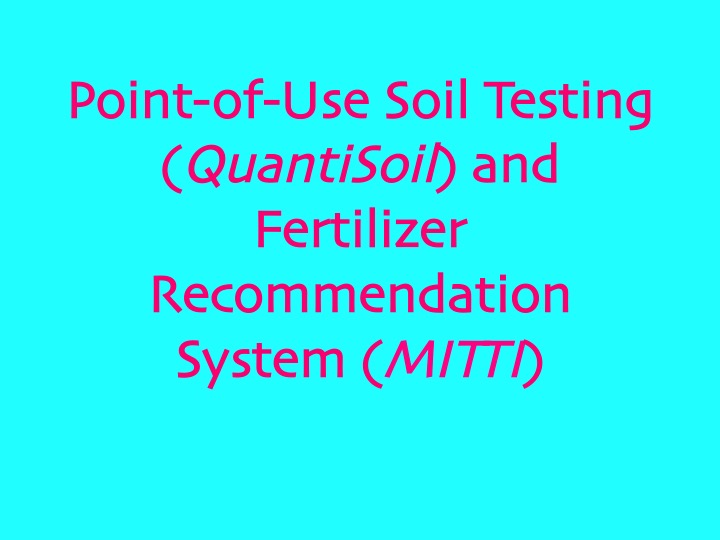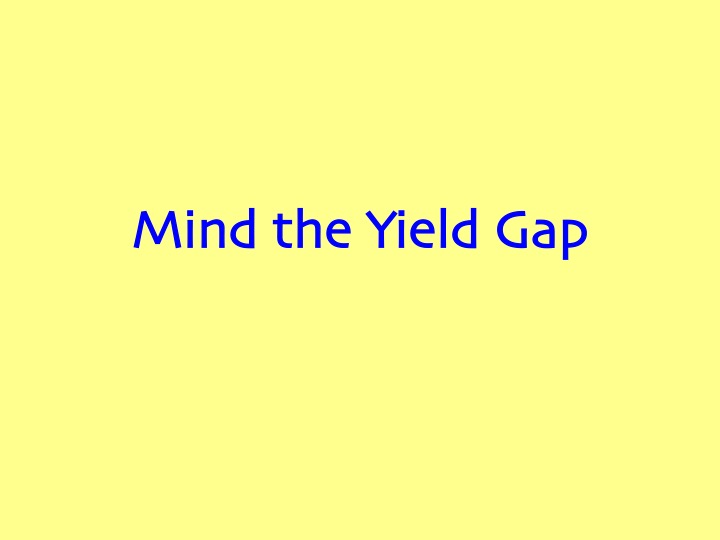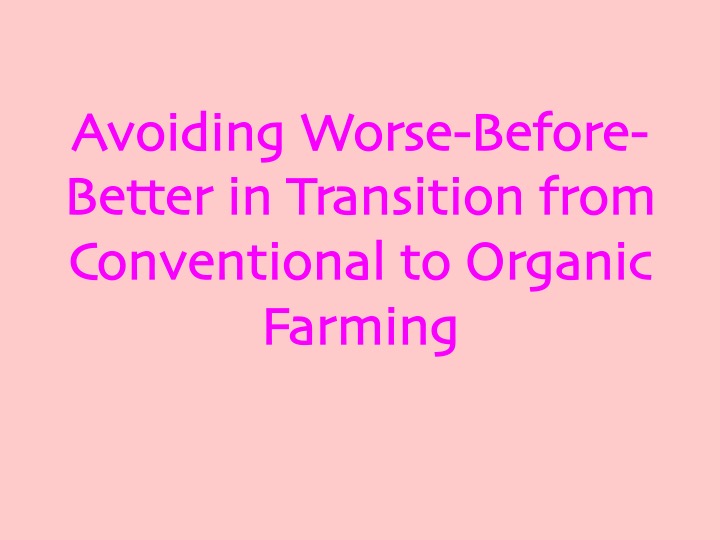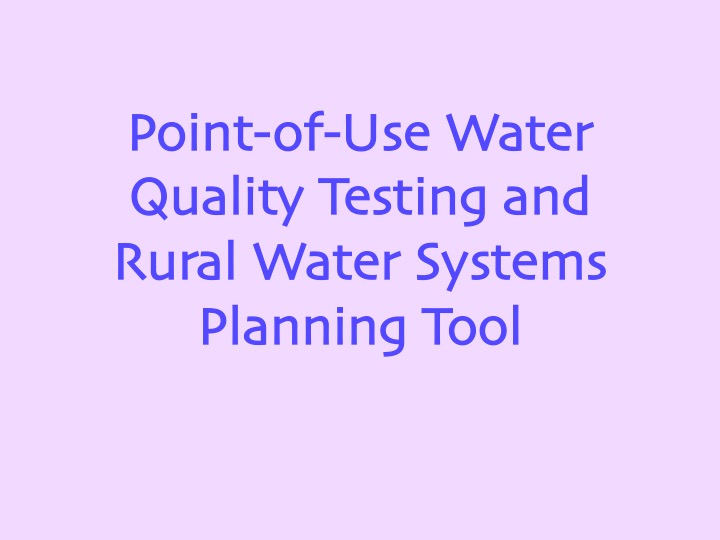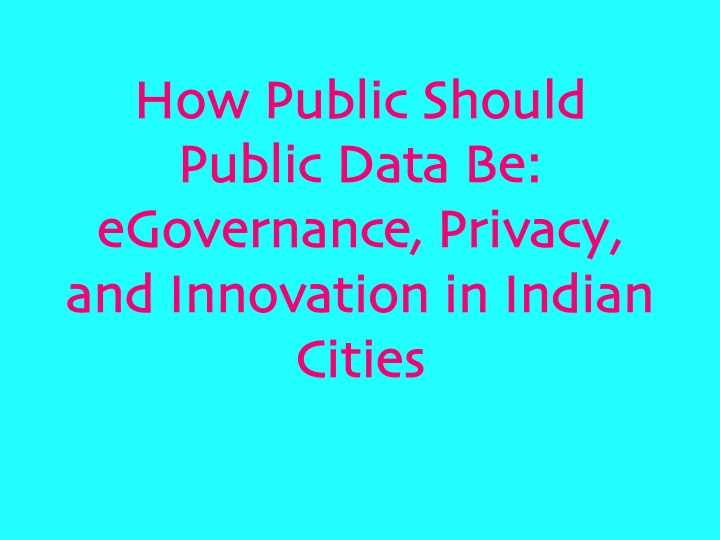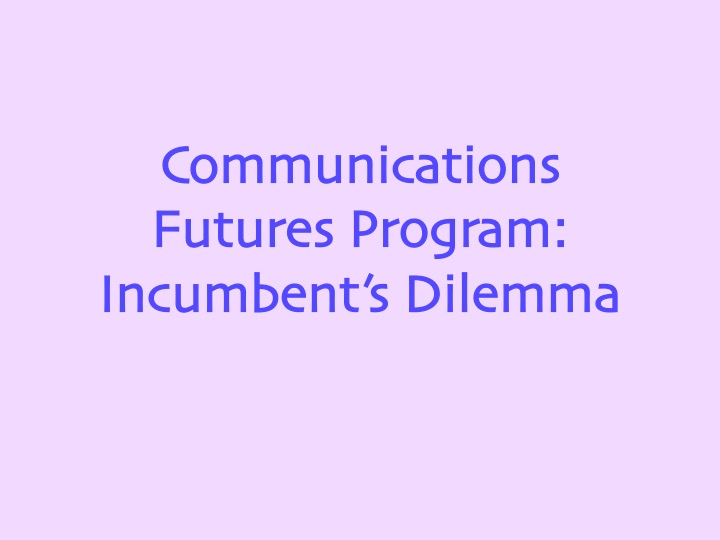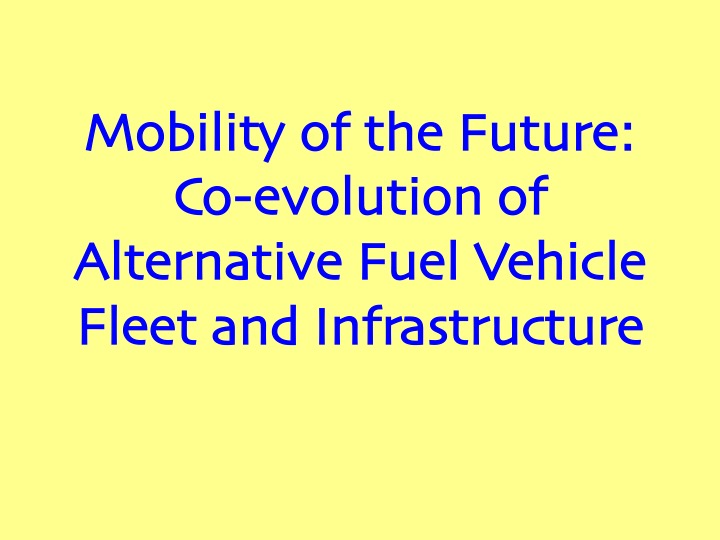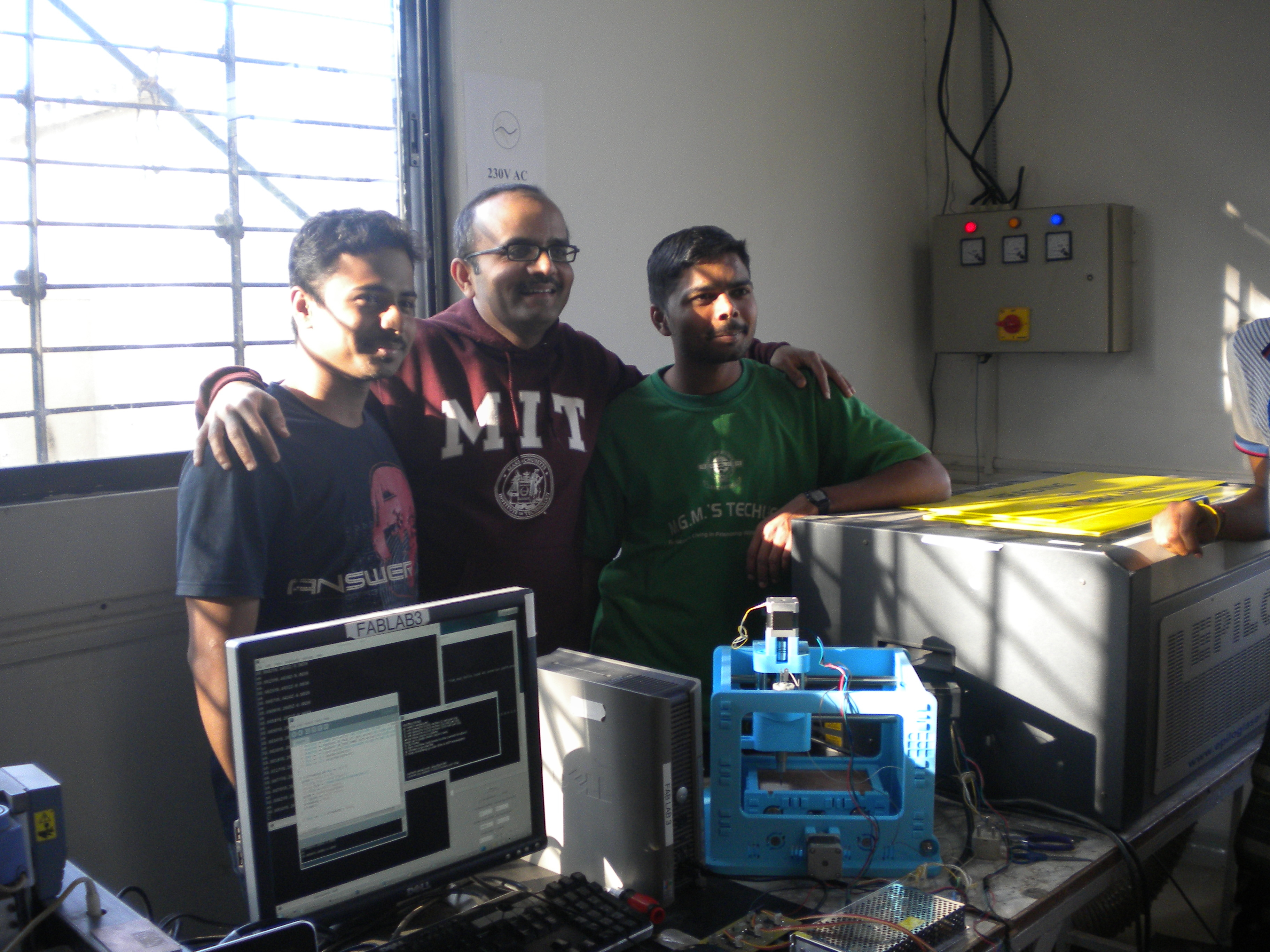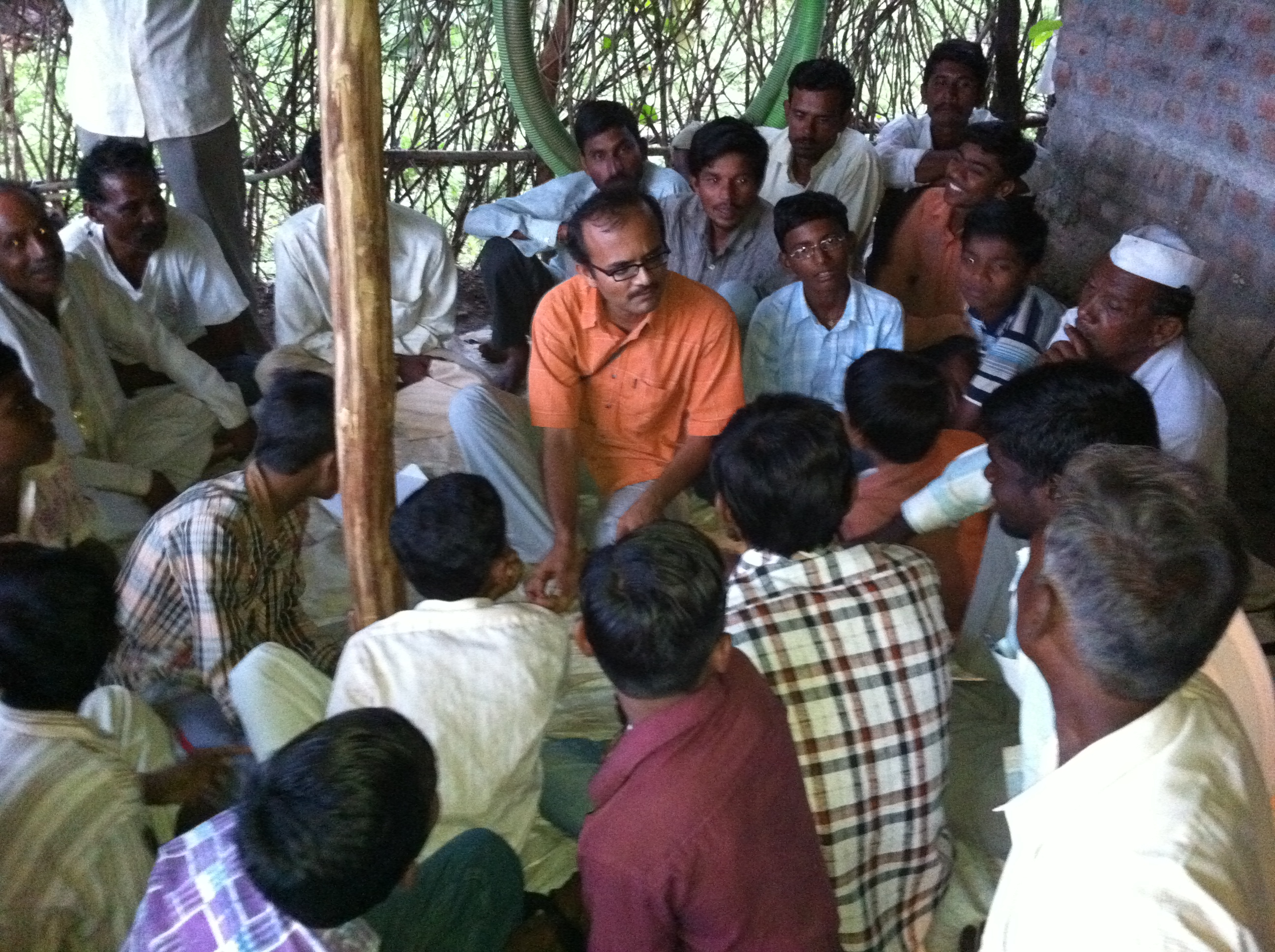Research
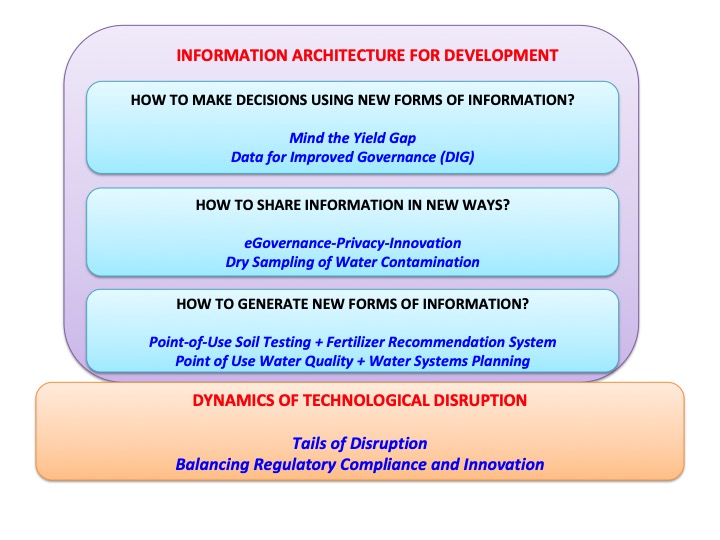
My research and action focuses on the intersection of technology, development, and policy. I see them organized as shown in the diagram. My quest to build socio-technical solutions for underserved communities has led to research in two interrelated work streams: Information Architecture for Development, which attempts to build solutions centered on new forms of information generation, sharing, and decision support for the resource-poor communities in various domains such as agriculture, water, urban governance; and Understanding the Dynamics of Disruptions, which attempts to understand the context within which the Information Architecture must be built for it to create the necessary technological, industrial, and regulatory disruptions for the desired change, and how managers, policymakers, and the society at large can manage such a change.
The work stream Information Architecture for Development comprises (a) novel low-cost sensors that generate information to improve food and water security (e.g., soil nutrients measurements, water quality detection); (b) novel approaches that share the information generated (e.g., paper-based sensors used by postal services); and (c) novel institutional mechanisms and capabilities that act upon the shared information (e.g., recommendation systems for farmers, village water and sanitation workers; and decision support tools for government agencies working on water, sanitation, and for cities to manage governance efficiency and citizen privacy). Along with collaborators in MIT Mechanical Engineering, Electrical and Computer Engineering these projects are conceptualized from the perspective of socio-technical system to cover both technology and the large-scale system that surrounds it. This work has generated several provisional patents. Presently, projects on soil testing, planning of water and sanitation systems, and urban governance and privacy are being translated into field implementation via start ups, not-for-profit organizations, or the governments.
The work stream Understanding the Dynamics of Disruption builds upon the work over the past decade, where I have developed a system dynamics based general model of disruption that illuminates conditions under which disruptions do or don’t occur. In collaboration with leaders of the communications industry, we have studied several disruptions such as voice over IP, audio, video, news, wireless telephony, location based services etc. Today, this work is being extended to the future of mobility. An equal focus of this work has been on the regulatory response to technological disruption; in particular, how to achieve the necessary regulatory compliance without killing innovation as the new technology displaces the existing one. This work has found use in decisions at the Office of Science Technology and Policy (OSTP), at the White House; US Federal Communications Commission (FCC); and Telecom Regulatory Authority of India (TRAI).
